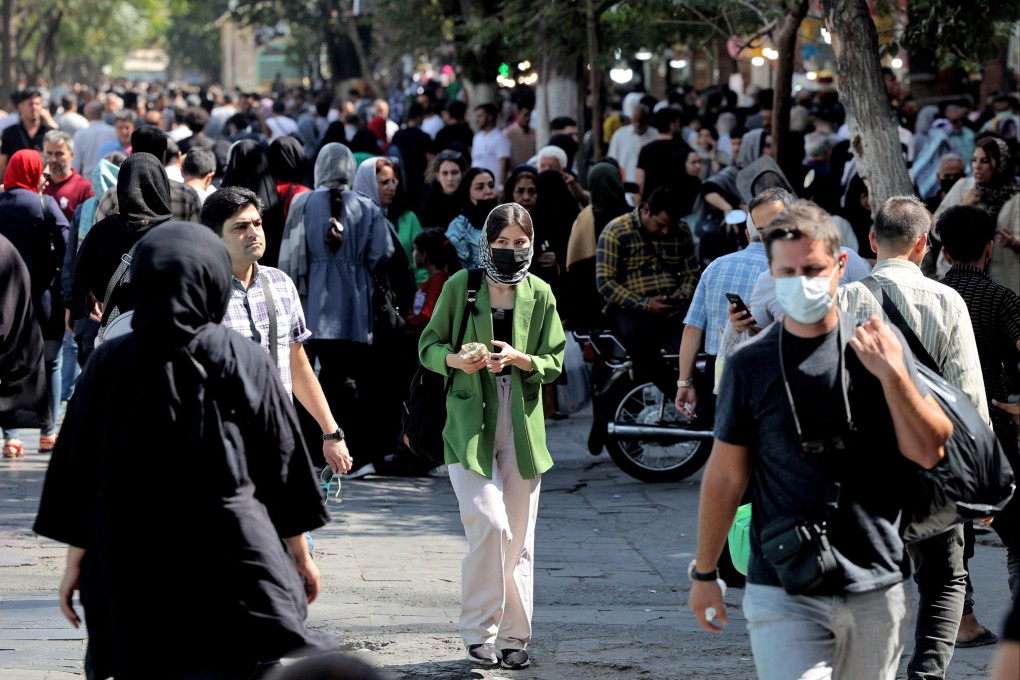Advertisement
Lunar | In Iran, India or France, women’s dress should be women’s choice
- Those who support both women wanting to wear the hijab and Iranian women throwing off the garment are accused of doublespeak
- But their position is not paradoxical – they simply support women’s right to choose what to wear
Reading Time:3 minutes
Why you can trust SCMP
12

Watching videos of women in Iran taking to the streets, burning their hijabs and cutting their hair in protest against a repressive state, one cannot help but be awed by their courage. The protests were sparked by the death on September 16 of 22-year-old Mahsa Amini in Tehran, after the morality police detained her for allegedly breaching the country’s strict dress code for women.
Amini’s parents insist she was appropriately attired, although that is beside the point. Iran’s president has promised an investigation into Amini’s death, but that did not curb the protests demanding an end to the country’s far-reaching religious restrictions that not only regulate what people can wear but also enforce gender segregation in many public spaces.
The latest demonstrations have spread across the country and now reflect wider public anger with the government, which has begun cracking down on protesters.
The developments in Iran have struck a particular nerve in India, where earlier this year women were barred from classrooms in some government colleges in the state of Karnataka because their hijabs violated the dress code. This month, the Supreme Court heard arguments for a clutch of petitions related to the issue.
In both Iran and India, women’s dress was wielded politically at crucial historical junctures. Political theorist Partha Chatterjee notes that during the Indian independence struggle, when it was deemed necessary for Indian men to venture out into the world of science and modernity, women were tasked with preserving the “spiritual” inner realm.

One manifestation of this was women’s dress. Thus, in India, to this day, women of all communities may be criticised – or even killed – for wearing jeans, by men who consider them westernised and immodest but who routinely wear a shirt and trousers themselves.
Advertisement
Select Voice
Choose your listening speed
Get through articles 2-3x faster
1.1x
220 WPM
Slow
Normal
Fast
1.1x
